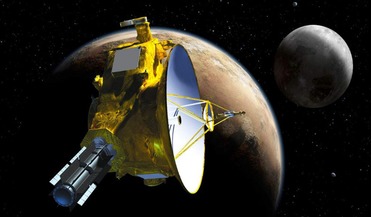 06 June 2018
New Horizons wakes up ready for next flyby
06 June 2018
New Horizons wakes up ready for next flyby
... beyond the limits of the known worlds, to what will be this mission’s next achievement,” said Alan Stern, New Horizons principal investigator from Southwest Research Institute in Boulder, Colorado. “Since this will be the farthest exploration of any...
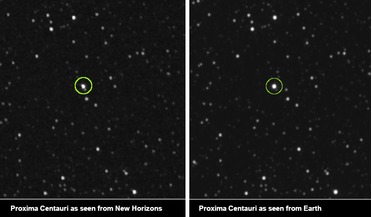 12 June 2020
New Horizon breaks record with first interstellar parallax experiment
12 June 2020
New Horizon breaks record with first interstellar parallax experiment
... member who coordinated the parallax demonstration, said via Twitter. For Wolf 359, the parallax from New Horizon is 16 arcseconds added Lauer, who is based at the National Science Foundation's National Optical-Infrared Astronomy Research Laboratory...
 17 May 2019
First science results released on Ultima Thule
17 May 2019
First science results released on Ultima Thule
... this year, not much else was known about NASA’s New Horizons new target - a primordial rock known as (486958) 2014...produced. Spectroscopic analysis of this bilobate shaped rock with New Horizon’s Linear Etalon Imaging Spectral Array (LEISA), reveals ...
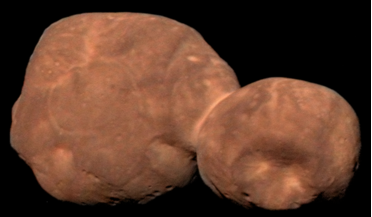 14 February 2020
Arrokoth helps resolve longstanding controversy on Solar System evolution
14 February 2020
Arrokoth helps resolve longstanding controversy on Solar System evolution
... formed. After a decade-long journey, traveling 3.26 billion miles (5.25 billion kilometers) across our solar system, NASA’s New Horizons spacecraft flew past Pluto and its five moons to give scientists an unprecedented view of this remarkable frozen...
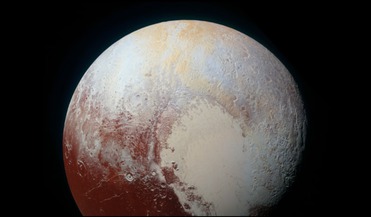 22 June 2016
Does a subsurface ocean exist on Pluto?
22 June 2016
Does a subsurface ocean exist on Pluto?
... suggested that a subsurface ocean may still be present under Pluto’s icy crust. Data gathered last year by New Horizons on the loneliest planet in our Solar System revealed an unexpected find; Pluto, it seems is expanding. If, in the very distance...
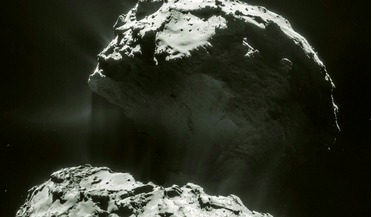 January 2020
Small body missions unveil interplanetary secrets
January 2020
Small body missions unveil interplanetary secrets
.... We now know that the Kuiper Belt is 20 times as wide and 20 to 200 times as massive as the asteroid belt New Horizons is another exciting mission that flew by the dwarf planet Pluto in 2015 and has more recently encountered...